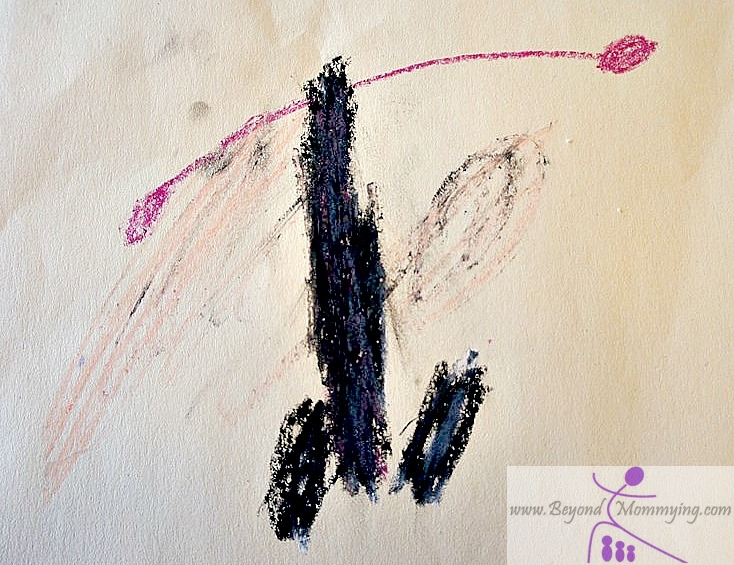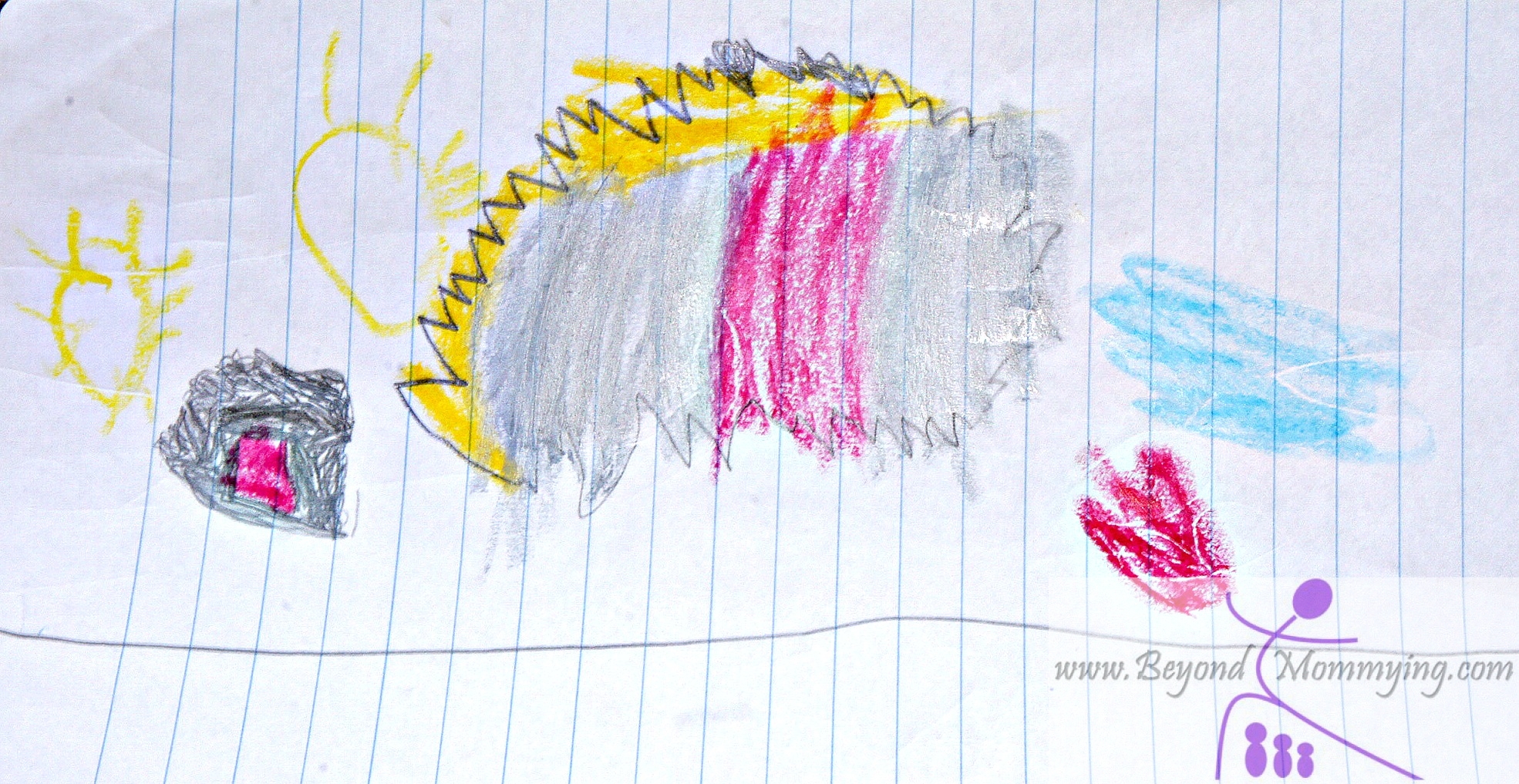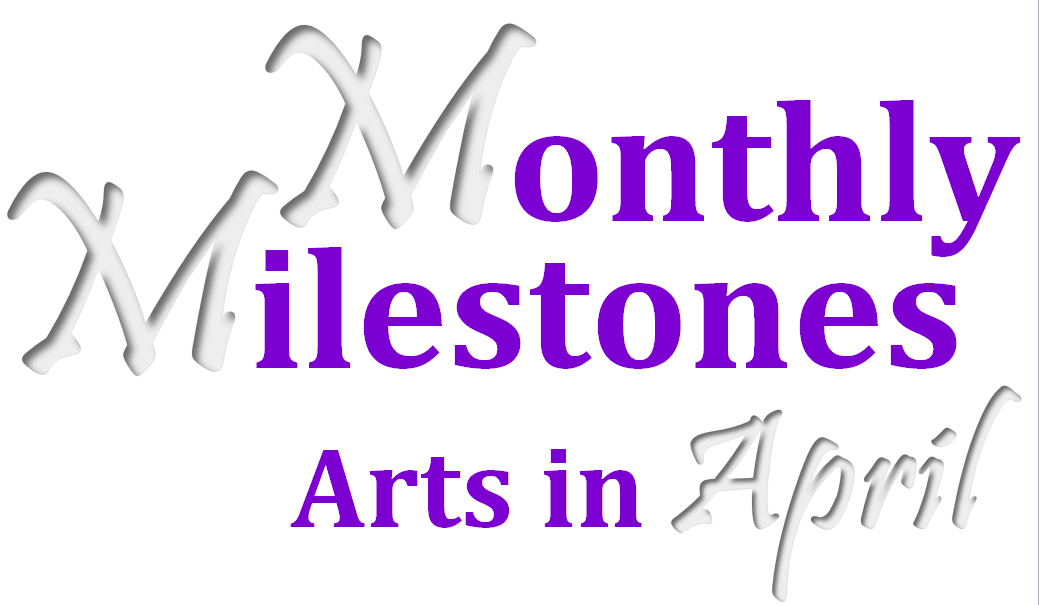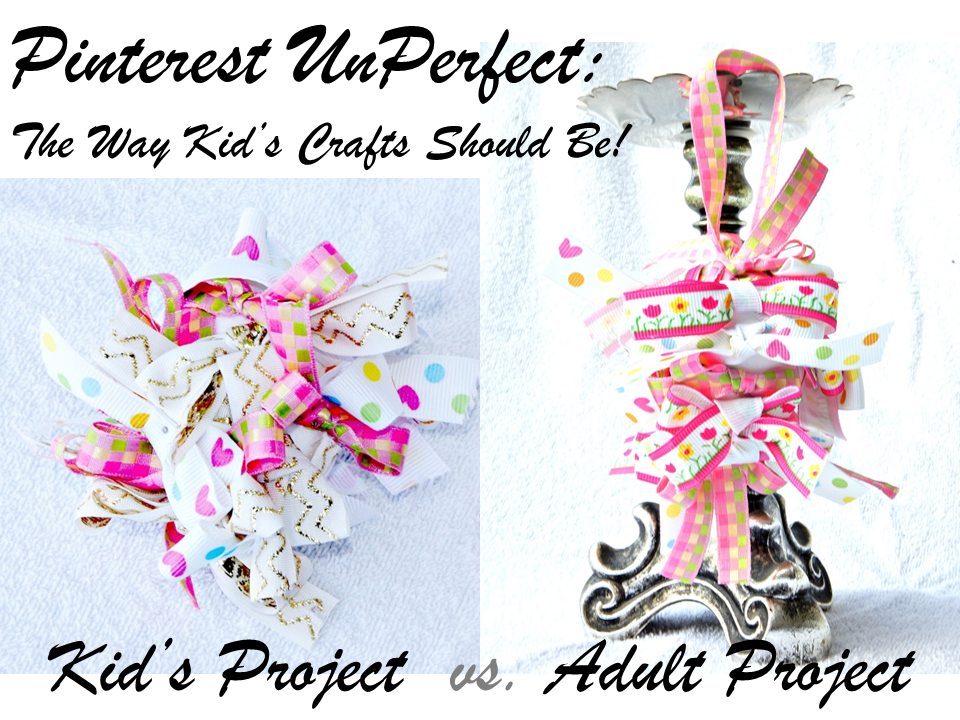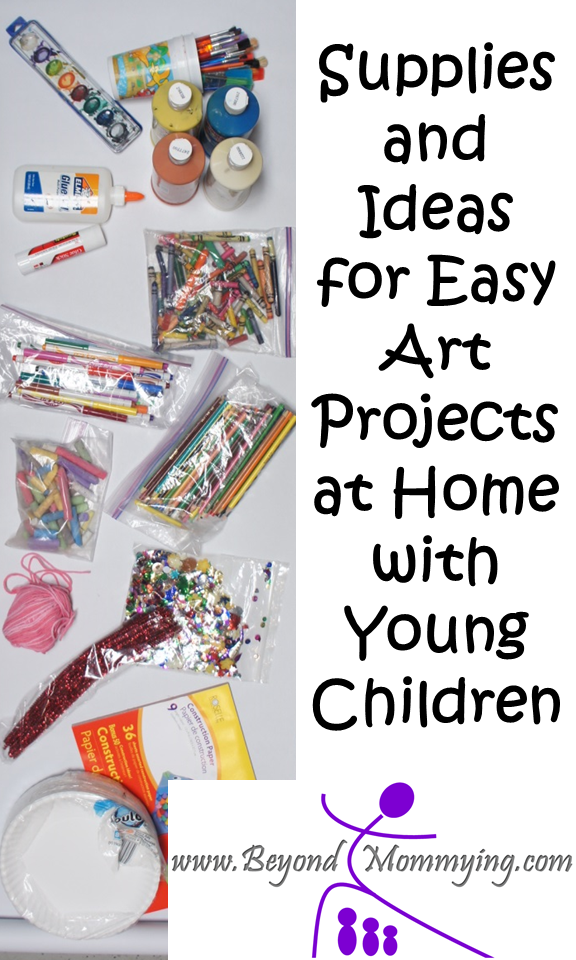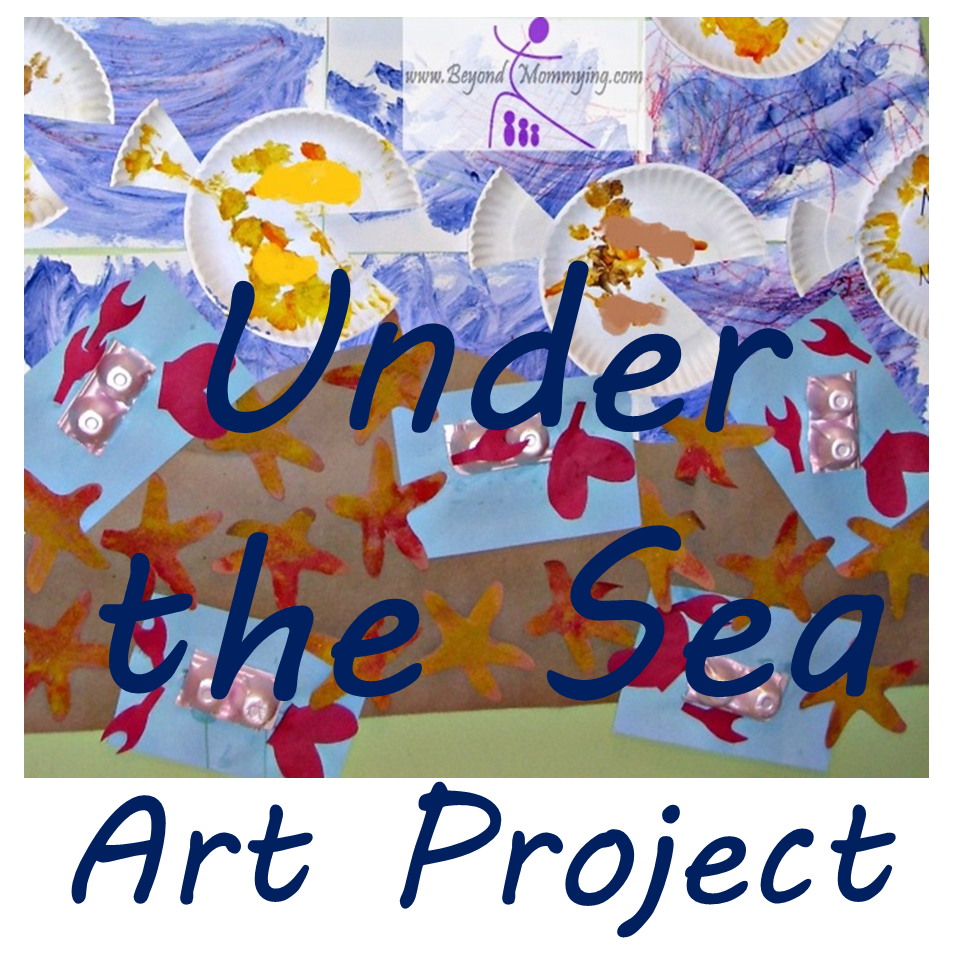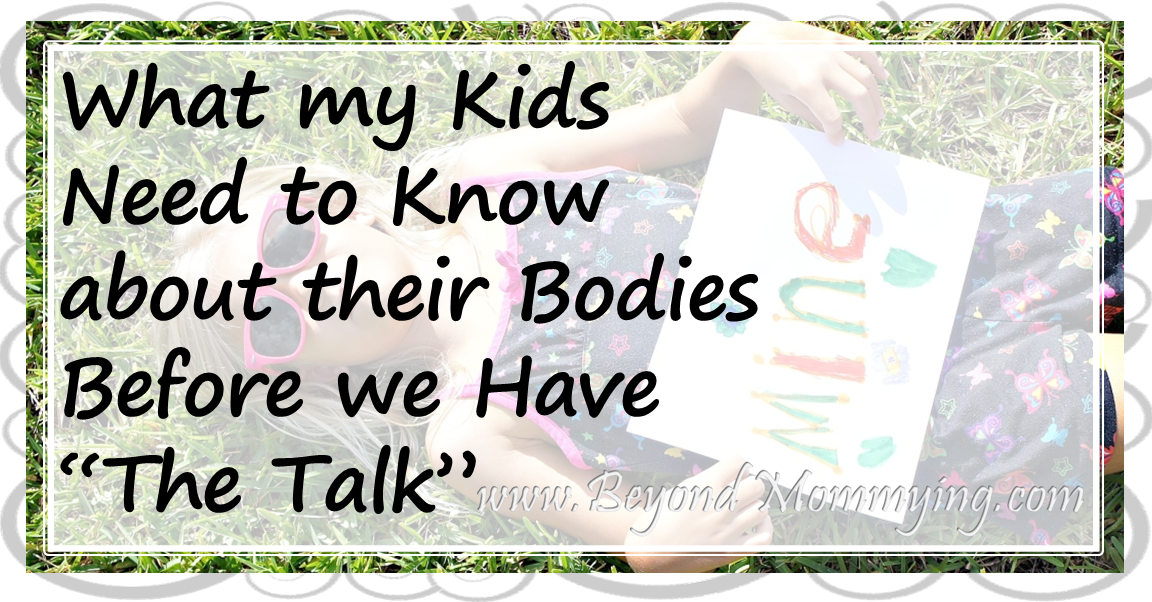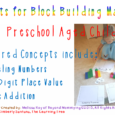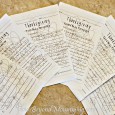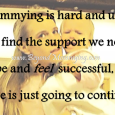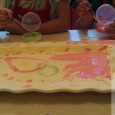If your kids are anything like mine, you’re probably constantly bombarded with pictures and drawings and pieces or art work that they painstakingly work on all day. And as exhausting as it can get to constantly have to marvel at their work, it’s important that you take the time to discuss what they’ve done in order to keep them interested in continuing to create.
But it’s not just important to talk about it, much like encouraging vs. praising, how you talk to children about their art is even more important. Here are my basic guidelines for discussing art and craft projects with young children (learned from years of making mistakes and working with awesome teachers when I first started out in the world of early childhood education):
- Don’t try to guess what it is. Because you’ll probably be wrong. Even things that seem obvious like people can be a princess or a pirate or Gradma or baby brother. Or maybe it’s not actually a person at all, it could be an alien.
- Don’t ask what it is. I made this epic mistake my first year teaching preschool in Oklahoma. A little boy brought my his picture and I said “ooh, what is it?” which caused him to break into tears and exclaim “It’s nothing, Miss Melissa! It’s just scribble scrabble!”
- Don’t put qualities on it. Saying things like “it’s so pretty” before you know the child’s intention behind creating it can backfire because even if they used what you consider pretty colors, they could have been trying to create something dark or scary.
So what should you say when presented with a child’s work of art? Basically, anything that is open-ended and gives the child the opportunity to tell you about their picture.
- Talk about the colors they used. Things like “I see you used a lot of red right here.” “Wow, I see blue, green AND yellow!”
- Talk about the shapes you see. Sometimes children who are just learning to write will mix letters in to their drawings, even if unintentional. You can point these out as well as other geometric shapes. “This right here almost looks like a letter ‘P'” or “Oh my, I see a lot of circles on your paper!”
- Or, most simply, go with “Tell me about it…” This is the easiest way to keep the creativity in their minds and give them the opportunity to tell you exactly what it is (if anything) and what their intention was.
You’re not going to ruin their creativity or life by saying the wrong things, but you could ruin their day. It’s also important to remember that young children don’t have adult skills so we shouldn’t put adult expectations on their projects. When you guess something is a flower when it’s actually a bunny, you can put doubt, shame or disappointment in a young child’s head about their abilities.
A two-year-old is generally not going to be able to draw with the same intention and ability as a six-year-old. They may both draw people but they will look vastly different and you may not be able to tell that they’re both people. By keeping the conversation open-ended and focused on the child’s intention rather than what your adult brain perceives, you can help create life-long creators who aren’t afraid to “mess up” (which is impossible in the realm of art, anyways).
And don’t worry about their products not being Pinterest perfect, the whole point of art for young children is to help foster their individual creativity and ideas and help develop fine motor skills.
This post is part of my Arts in April series, this month’s Monthly Milestone.

